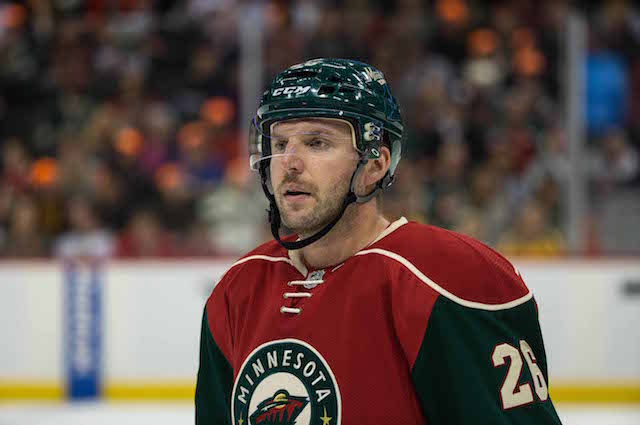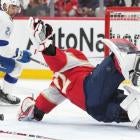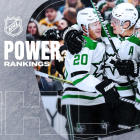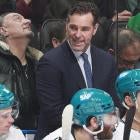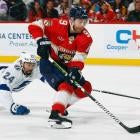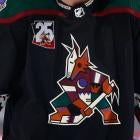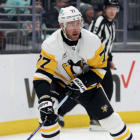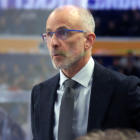The Minnesota Wild fired coach Mike Yeo on Saturday night, and it was probably a necessary move.
When a team loses the way the Wild have in recent weeks and starts to slide out of playoff contention, it becomes a matter of when, and not if, the front office decides to make a change. Sometimes it is a trade to try and fix the roster, sometimes it is a coaching change. They tried the former last season when the team slumped at midseason and brought in goaltender Devan Dubnyk. With that card already played, and with the problem on this team not as painfully obvious as it was a year ago, it was probably time to make a change behind the bench.
It's also probably true that this Wild team isn't as bad as its recent record would indicate, mainly because no team can consistently be that bad over an extended period of time. When a team only wins one out of 14 games it's definitely the sign of a team that is in some trouble for a number of reasons, but it also takes an element of bad luck.
But no matter what shortcomings Yeo might have had as a coach (and the view here is that he is a pretty good coach in the NHL and will again be one in the future) the biggest issue with this team isn't the way it has been coached.
It is the way it has been built. That problem falls squarely on the shoulders of the general manager and ownership whose prefered method of roster construction has been big-ticket free agents and blockbuster trades.
When you look at the roster the first thing that jumps out is big-name players that have had a lot of success in the NHL. Zach Parise. Ryan Suter. Jason Pominville. Thomas Vanek. Mikko Koivu. There are quite a few 40-goal seasons in that group. There is a player that has been a strong two-way center, and another player that has been a top-pairing defenseman in the NHL.
That should be the foundation of a really good team. Perhaps even a Stanley Cup contender.
And it would be.
If this was still 2010.
When you add the contracts of the five players mentioned above, as well as goaltender Niklas Backstrom (who has not played in a single game this season) the Wild have more than $37 million in salary cap space (more than half of the NHL's $71.4 million salary cap ceiling) going to players that are age 31 or older.
The only teams that really come close to them are the Detroit Red Wings (about $33 million) and the Vancouver Canucks (about $34 million). If you include Marc Savard's contract in Florida, the Panthers also come in at just over $30 million. Other than that, nobody else invested anywhere close to the resources that the Wild have in players that age.
It's not a matter of Parise, Suter, and the core guys necessarily being bad players. It's the fact they have already played their best and most productive hockey in the NHL (several years ago, most likely) and are only going to keep declining as they continue to get older. And every single one of those players is signed beyond next season. Parise and Suter are signed through 2025(!), Koivu is locked in through 2019, Pominville through 2018 and Vanek through next season.
The problem with this is none of them are the type of player they are paid to be. It's not because they don't have the drive or the talent. It's the simple fact that father time eventually gets the best of everybody. Parise is not going to be the 40-goal, 80-point guy he was during his peak in New Jersey. The level of production from Pominville and Vanek has been dropping like a rock for a while now, and for as good as Koivu used to be as a two-way center, he isn't anything close to the type of team-driving No. 1 center that every Stanley Cup contender needs.
It's not crippling to a team if a significant portion of its cap space goes to a small handful of players. If you want to win a Stanley Cup it is an unavoidable reality. You need elite players to win, and elite players make big money. But that cap space has to be going to players that are still in the prime years of their careers (see the Chicago Blackhawks as an example). Not players that were at the best five years earlier. Not only does it put the team in a position where its best players are on the downside of their careers, it also becames that much harder to build around them and fill holes because they take up so much of the available cap space.
If you want to argue that a lot of the top players on the Wild have underachieved this season based on what they have previously done in their careers, that's fine. But it is far more likely that this is what they really are at this point.
As long as the Wild have more than half of their salary cap space going to players over the age of 30, it is hard to see any of this changing.
